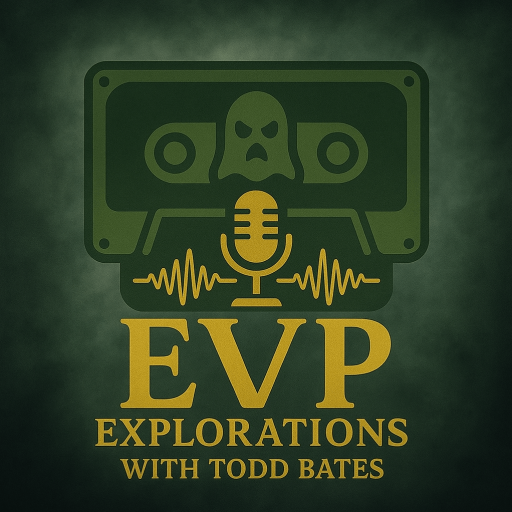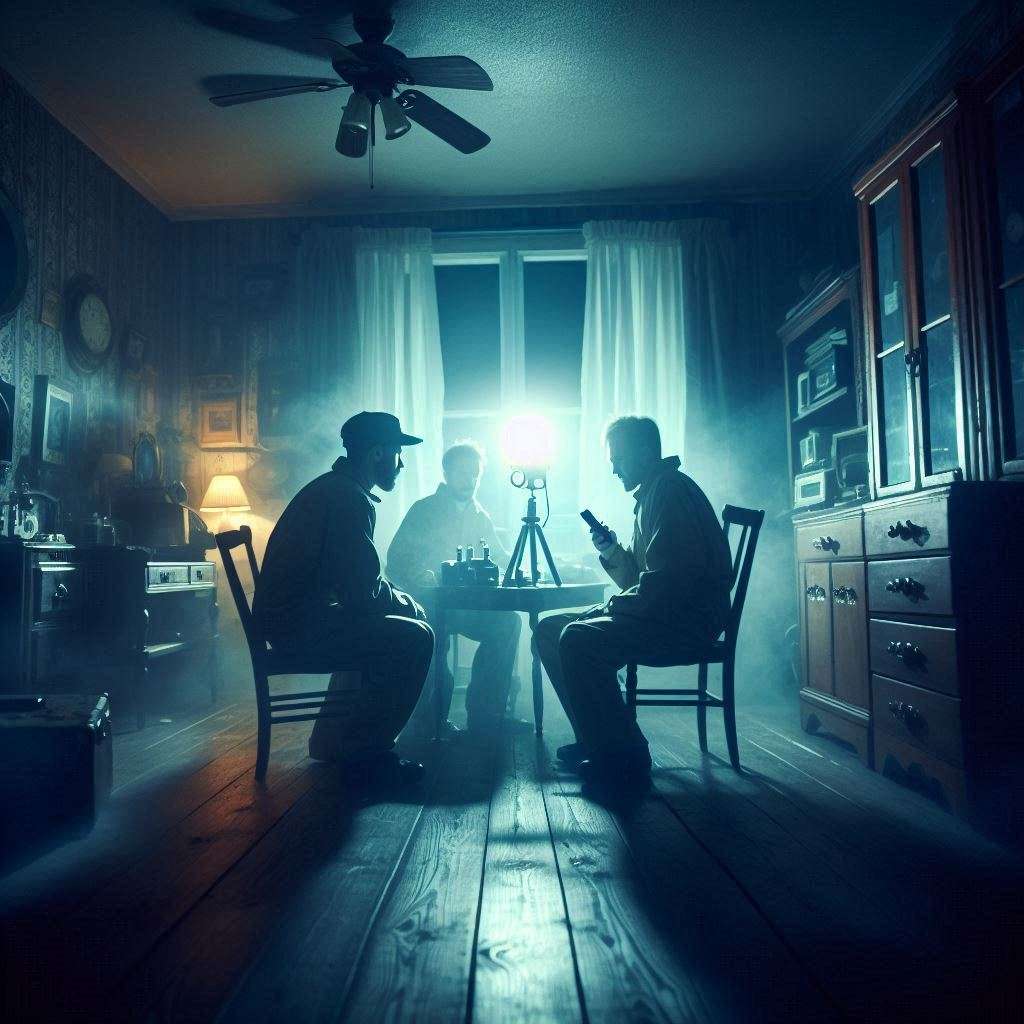Electronic Voice Phenomenon (EVP) research has evolved over the years, with investigators constantly exploring new methods to enhance their recordings. Among these techniques, the use of static energy, white noise, and pink noise has been widely debated. Some believe that these elements provide a medium for spirits to communicate, while others caution against the risks of audio pareidolia—the brain’s tendency to interpret random sounds as meaningful words or phrases.
So, do these methods actually improve EVP results, or are they simply creating more noise? Let’s explore both perspectives.
The Role of Static Energy in EVP Sessions
Static energy is often associated with paranormal activity, as spirits are believed to manipulate electromagnetic fields (EMF) to manifest or communicate. Many investigators intentionally introduce static energy into a location by using:
• Van de Graaff generators to charge the air with static electricity
• Tesla coils (in controlled environments) to produce electrical discharge
• Rubbing balloons or fabric to generate static manually
Does Static Energy Help Capture EVP?
The theory is that spirits can harness static energy to imprint their voices onto recording devices, making EVP responses clearer or more frequent. While some investigators report increased EVP activity in high-static environments, scientific validation remains inconclusive.
Using White and Pink Noise for EVP Communication
What is White Noise?
White noise is a consistent sound that contains all frequencies at equal intensity, similar to static on a TV or radio. It is often used in EVP sessions as a background sound, under the belief that spirits can manipulate the noise to form words or responses.
What is Pink Noise?
Pink noise is similar to white noise but with a softer, more balanced sound, emphasizing lower frequencies. Examples include rainfall or the rustling of leaves. Some investigators prefer pink noise, as it’s less harsh and may allow for clearer EVP responses.
Do These Methods Enhance EVP Results?
• Potential Benefits:
• White and pink noise may create an auditory “canvas” for spirit voices to form.
• Some investigators report more distinct EVPs when using these sounds.
• Background noise can help the human ear detect subtle responses that might be missed in complete silence.
• Potential Drawbacks:
• Audio Pareidolia: The brain is wired to find patterns in random sounds, which can lead to false positives when analyzing recordings.
• Confirmation Bias: If an investigator expects to hear a response, they may unintentionally perceive words where none exist.
• Increased Background Contamination: The added noise can make it harder to isolate true EVP responses.
Final Thoughts: Should You Use These Methods?
Both static energy and white or pink noise are perfectly safe to use in EVP sessions, and they may yield interesting results. However, investigators should remain aware of the risks of audio pareidolia and take extra precautions during analysis. Using controlled experiments, reviewing evidence multiple times, and having unbiased listeners verify findings can help distinguish true EVP responses from misinterpretations.
Ultimately, whether these methods enhance EVP results is subjective, and their effectiveness varies from case to case. As with any paranormal research, maintaining a scientific approach, an open mind, and a critical ear will lead to the most credible findings.
Have you tried using static energy or background noise in your EVP sessions? Share your experiences in the comments!
Stay Connected with EVP Explorations!
Subscribe to our free newsletter for the latest updates, education, tips, investigation methods, and new articles—delivered right to your inbox.
Join today and keep exploring with us!

















